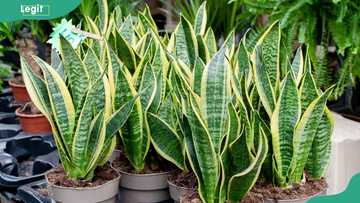Ley farming advantages and disadvantages
The popularity of ley farming keeps growing in our communities; this system has become an integral part of agriculture in Nigeria and many other countries. Pastures organized in a special way can prevent deterioration of the structure and condition of the soil. Ley farming keeps the soil enriched with nutrients, in addition, it increases the productivity of livestock and prevents environmental problems like soil erosion. But is this approach really perfect? Let us find out by analyzing its important advantages and disadvantages.
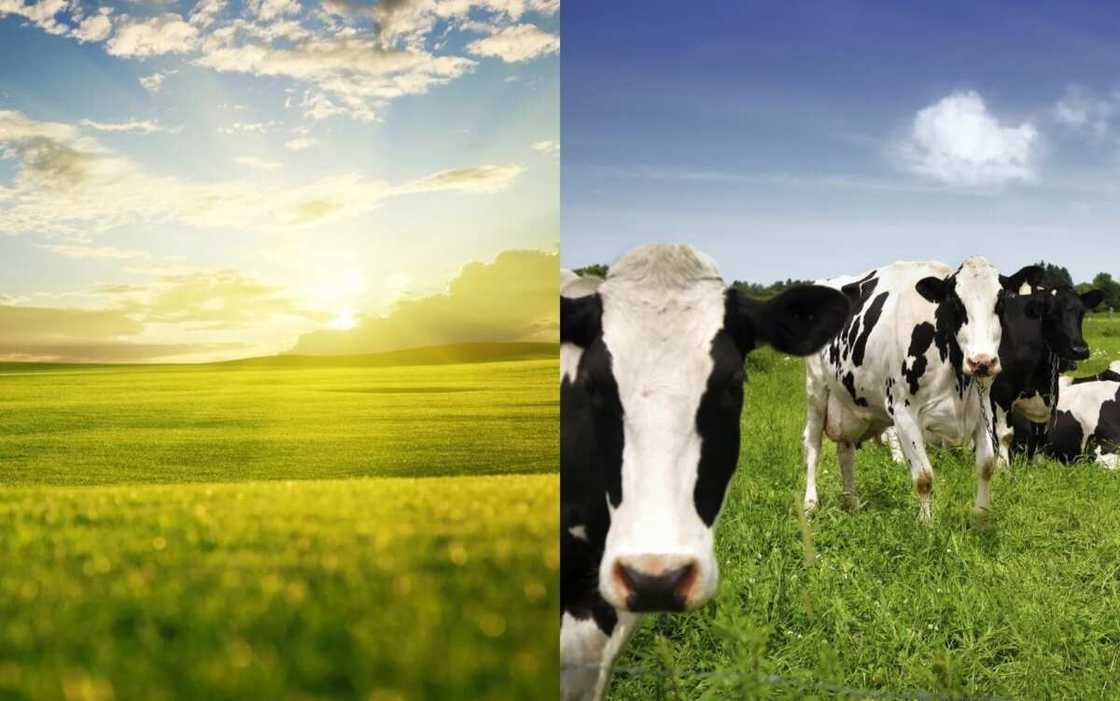
Ley farming definition
This system involves the use of various annual and perennial crops (grasses, legumes), grown in long-term and short-term, to manage the soil. They alternate and combine these crops according to their compatibility and growth duration to give optimal desired effects.
Such an approach can bring endless benefits, preserve the fruitfulness of Nigerian soils and provide the population with rich harvests. Modern methods of farming can help one achieve good results in the present, while also ensuring a better future.
Ley farming advantages
1. Improvement of nitrogen content for subsequent plantations
Legumes improve the fertility of the soil, the quality of the grain and increase the volume of crops. Most of the nitrogen in the soil gets used up by grains, so the alteration with legume crops gives an extremely positive effect.
READ ALSO: Advantages and disadvantages of integrated farming system
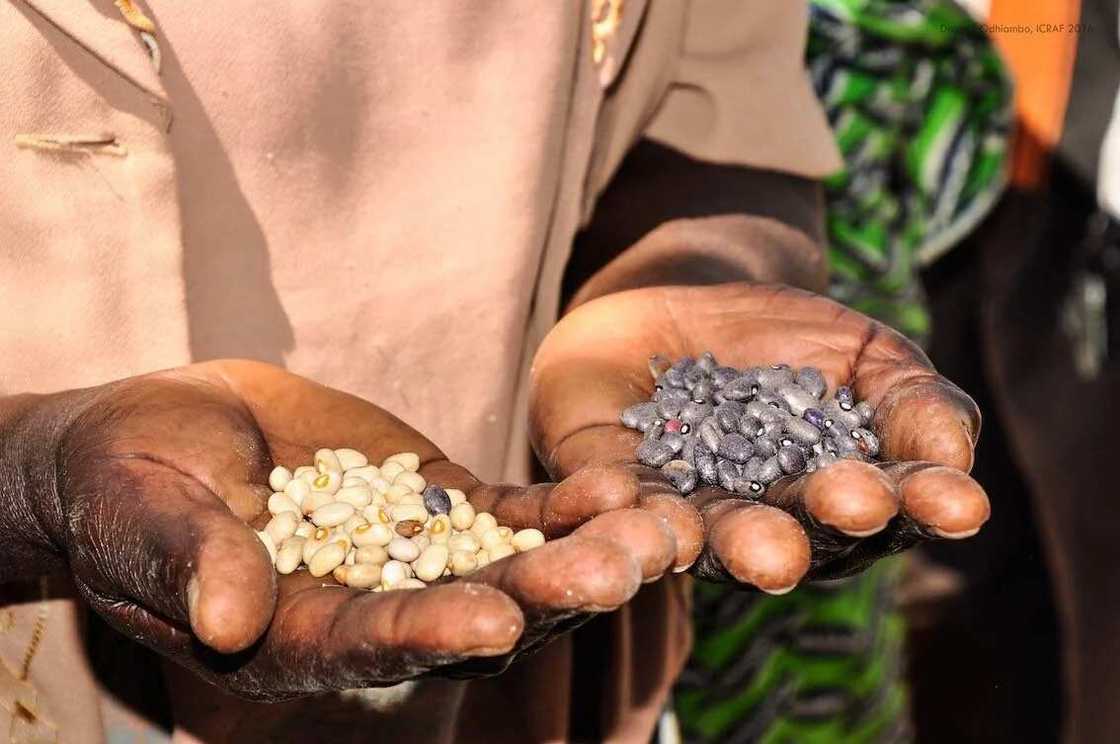
Effective fixation of nitrogen is most often achieved in mixed legume-grass areas. This element is well captured by perennial herbs. Nitrogen is mainly formed under the root zone and then returns to the surface to interact with crops.
2. Restoration of soil and organic matter structure
Active farming deprives the soil of many important substances, and continuous cultivation reduces soil structure and biological activities, reducing the rate at which crops grow.
Ley farming system is an effective tool for soil enrichment by organic material. Legume pastures can't produce the desired effect if used separately; in this case, grass can become an excellent helper, since it promotes the production of organic materials.
It has been scientifically proven that meadow grasses increase soil organic matter by about 0.1% per year. Organic substances accumulate rather slowly so long pasture phases may be needed. This process flows faster on the surface layers.
There have been situations when 5-year use of grass led to a 4 times increase in infiltration of the soil; nevertheless, these advantages are quickly lost if the work on enriching the soil is discontinued. Although it is believed that regular alternation according to the rules of the ley farming system can restore and maintain the soil.
3. Controlling the growth of weeds
Another important advantage of ley farming is the management of weeds since cattles that eat unwanted plants can graze on these pastures. This approach is especially effective in combating weeds annually. The situation gets more complicated when it comes to perennial plants.
Modern agricultural management systems allow effective control from mechanical, chemical and economic points of view. Thanks to this, the adaptability of work of many farmers becomes greatly improved.
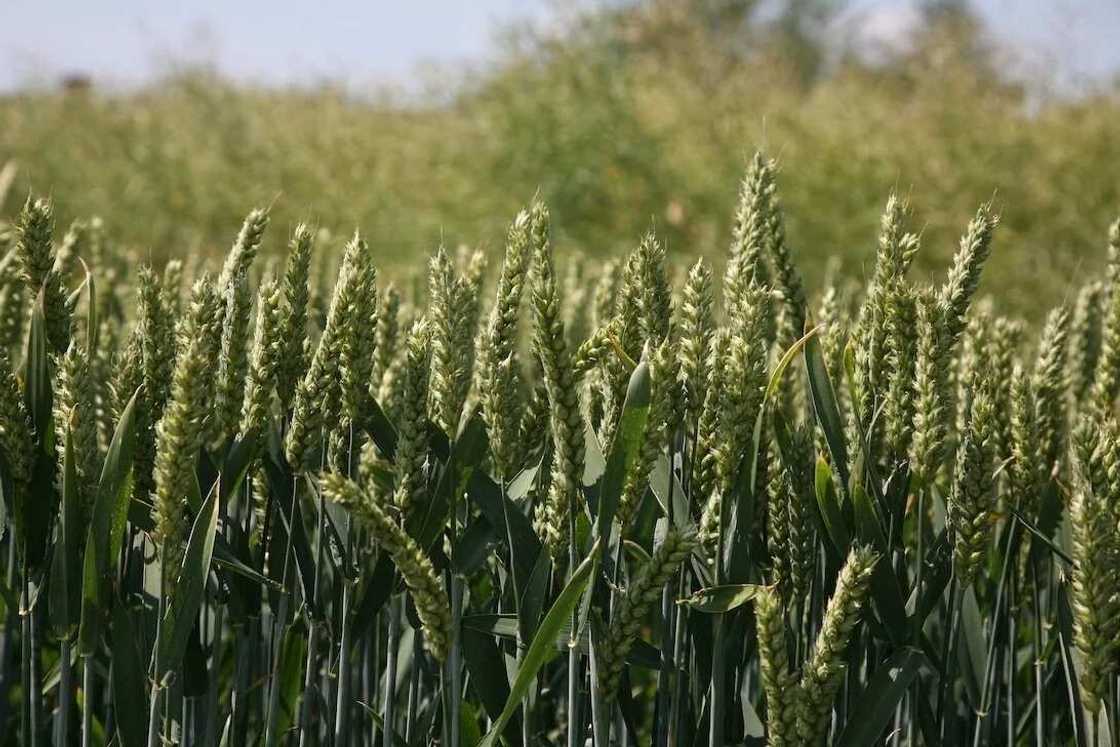
4. Preventing deep drainage and erosion
There is a significant improvement in deepening rates obtained from ley farming in comparison with conventional farming systems. It also reduces erosion during cultivation. On perennial pastures, the root system develops quite well, which provides access to water and nutrients at a considerable depth. As a result, the top layer becomes dry, and the loss of water and useful substances during drainage is prevented. Shallow soil is quite unstable as it does not hold water well, so ley pastures are able to become good tools for reducing drainage.
5. Improving livestock efficiency
Ley pastures are also able to contribute to the improvement of animal husbandry, to provide livestock with high-quality fodder and stimulate the rapid growth of animals. Legumes have the required properties to ensure all these advantages.
Scientific research has proven that the quality of milk can be improved by ley farming. Alternating grass with legumes comes with more advantages than the use of regular grass only. During the grazing season, animals receive high nutritional support so farmers can obtain milk of better quality.
Ley farming also gives farmland owners complete independence since they do not have to buy food for their cattles from other people; they get to know for sure that the food for their livestock is of high quality and will give optimal results.
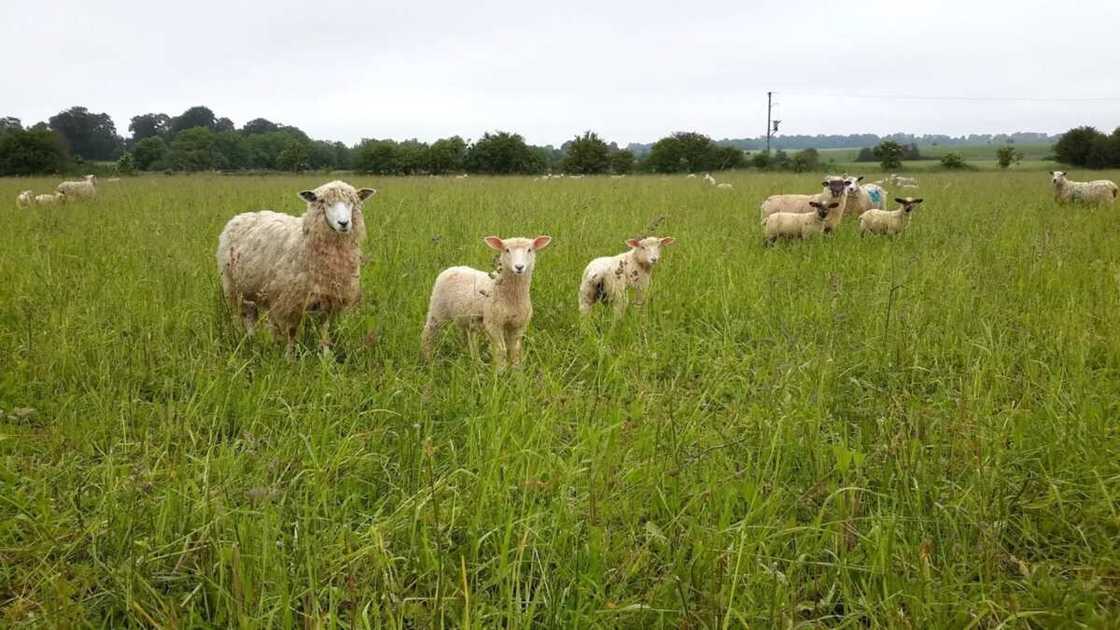
Ley farming is a balanced system that unites the maximum potential of legumes, grass, and animals. This approach works perfectly in the interests of consumers. Milk production and crop growing are inextricably linked, complement and support each other without emptying the land or reducing fertility.
6. Natural fertilizers
It is extremely important that farmers do not have to spend money on expensive fertilizers because the favorable state of the soil gets maintained naturally. They can take advantage of the excellent manure substitute, rather than distribute the standard fertilizer over a vast area of the field, saving time and energy. The grass sod acts well with the feces of animals, without leading to the appearance of harmful by-products.
Ley farming disadvantages
Also every system with advantages have shortcomings too, and this is the case in ley farming. To achieve successful development of this method, it is necessary to spend considerable time and invest lots of money.

Problems could also arise due to improper preparation of the seeds, their low quality or unfavorable weather conditions. Success is much more likely to be achieved if one follows the instructions strictly and carry out all the steps as precisely as possible.
It is necessary to remove all modern forms of plant cultivation from the soil before sowing new under the ley farming system, however, some pastures can be difficult to clean. If this is not done, complications could arise that will interfere with the proper development of plants.
Some crops extract water from the depth of the soil, so it can be difficult to enrich them with all the necessary substances before sowing. Sometimes, in order to ensure a good future harvest, it is required to observe a certain interval before removing and sowing plants.
Short-term plants do not deplete the soil, so a smaller pause is needed to get a good harvest. But after the legumes, the soil may replenish slowly. Pay good attention to all these issues if you want your ley farming methods to be effective on your land.

Every advantage and disadvantage discussed above is extremely important. Ley farming is an effective agricultural tool which should be used properly. If you act patiently and carefully, then you are sure to succeed. Good luck!
READ ALSO: Ostrich farming in Nigeria: How to start and succeed
Source: Legit.ng





